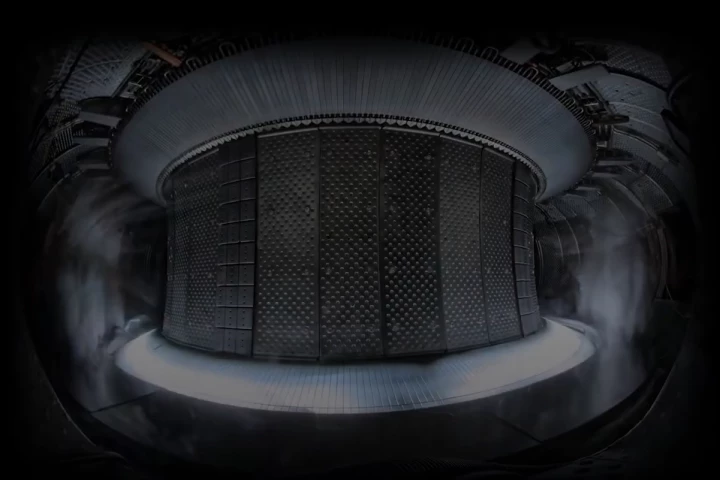Corrosion in metals can lead to the structural fatigue or failure of bridges, pipelines, and plane fuselages. Anti-corrosion coatings help prevent this, but they become ineffective when pierced, cracked, or scratched away. Researchers at Northwestern University have now developed a self-healing coating that can patch up its imperfections in a matter of seconds.
"Local corrosion in metal is quite dangerous because it is hard to predict, and when it happens, oftentimes it is hard to detect, thus left unattended," Prof. Jiaxing Huang, who led the research efforts, told NewAtlas. "There are [detection] methods based on visual inspection, or techniques such as those based on electrochemistry to monitor the rate of corrosion. But because corrosion is local, finding the spots in a large metal structure is not easy."
We've already seen self-healing coatings powered by the Sun and others inspired by a snake's skin, but these can only repair microscopic defects. In order to heal bigger imperfections on the millimeter scale, Huang and his colleagues took a different inspiration.
"When a boat cuts through water, the water goes right back together,"says Huang. "The 'cut' quickly heals because water flows readily. We were inspired to realize that fluids, such as oils, are the ultimate self-healing system."
The oil-based coating had to be fluid enough to quickly self-repair in a matter of seconds, but not so liquid that it would simply drip off the metal's surface. The "Goldilocks zone" was achieved by adding microscopic and lightweight graphene capsules which thicken the oil and help it stick to the metal extremely well even in harsh environments, whether underwater or in acid baths.
The scientists showed that the material can heal quickly and repeatedly, even after scratching the same spot for 200 times in a row, on a number of different metals including aluminum, brass, and steel.Huang tells us that the coating should in principle work with any metal, since it is not based on a specific surface chemistry.
Next up, the researchers will work on anti-fouling coatings and finding ways to mass-produce their graphene capsules.
The coating is further described in the video below.
Source: Northwestern University




